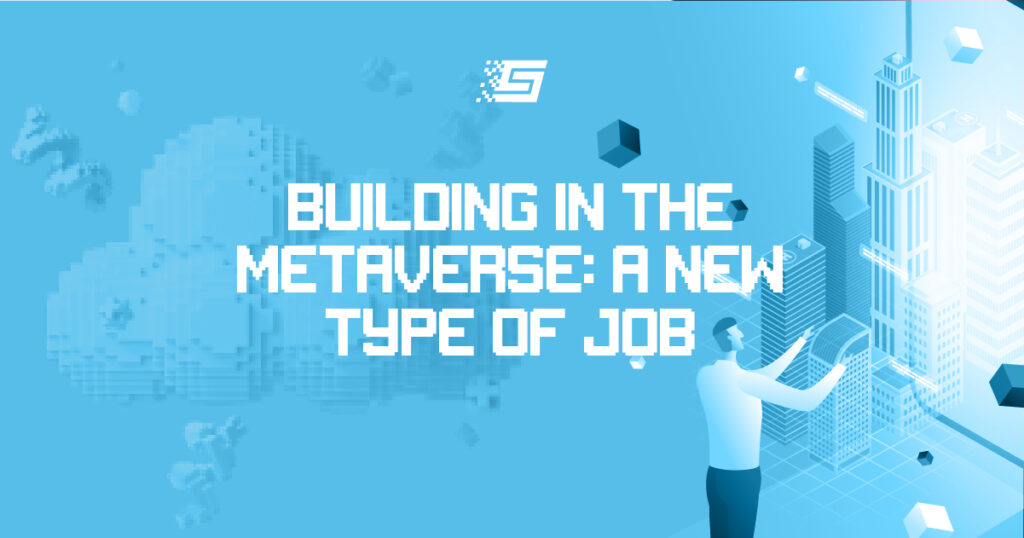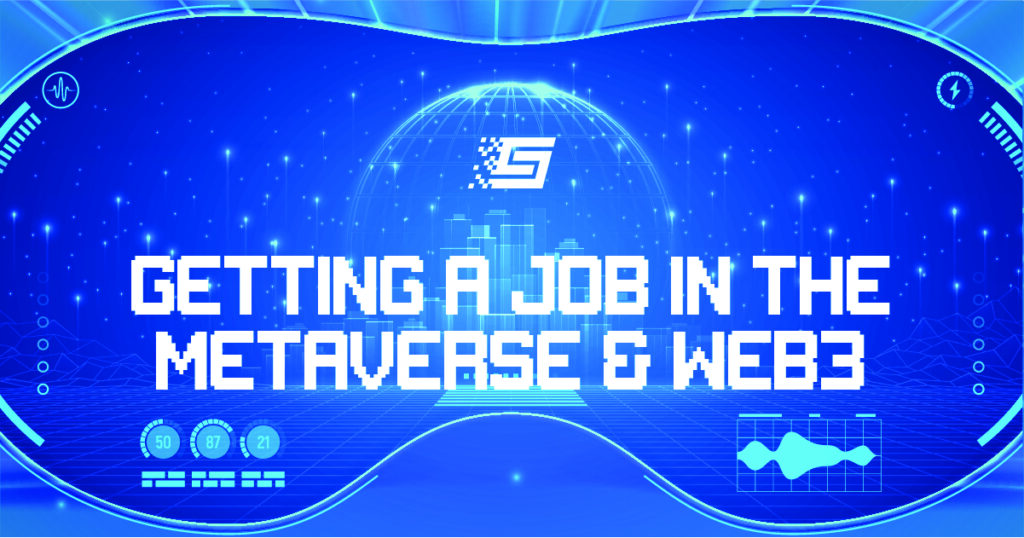An Interoperable Metaverse
Interoperability is the ability to unify systems, avatars, and economies across virtual worlds. It is one of the most essential points in the metaverse’s future development as it will allow for the interconnectedness of standards, systems and applications that enable users to travel between one part of the metaverse to another.
This article aims to describe how interoperability works in the metaverse, explore the domain’s interoperability, and the idea of openness in the metaverse.
The metaverse is a decentralized economy outside of the conventional space. The full concept, though, is an expansive and immersive hyper-realistic digital world that replicates and, in some cases, enhances diverse real-world phenomena.
How Interoperability Works In The Metaverse
When we travel in the real world, we generally have very little trouble with identity, assets, and possessions. We can essentially transfer anything we need from different locations without much effort.
The metaverse – the integration of borderless virtual worlds – mirrors this continuity that keeps our world functioning. It furnishes a transparent platform with socio-cultural interaction, much like the physical world.
Furthermore, the fully functional metaverse would make all digital realms, regardless of their size or purpose, become an integral part of a larger entity, existing in another plane of reality.
Interoperability is the superior driving force behind the progression of this developing concept. But we need blockchain-powered high-utility services for the metaverse to run at its full potential.
In blockchain environments, we have both interoperable and non-interoperable platforms. Interoperability enables the blockchain ecosystem to communicate, run features and services, and share data.
This Web3 tech allows a myriad of projects to function in a unified manner and gives users a means of cross-platform trading and performing other activities that are almost impossible to achieve in siloed spaces.
Like the internet, the metaverse is equipped with layered standards through blockchain tech, enabling diverse networks and subnetworks to interact seamlessly.
Domains Of Interoperability
The various domains of interoperability in the metaverse are as follows:
- Connectivity: networking and communications
- Persistence: ownership, identity, history, and accounting
- Presentation: physical properties and graphic models
- Meaning: semantics, metadata, and ontologies
- Behavior: economies, rules, consequences, and power
Standards Of Interoperability
VRML (Virtual Reality Modelling Language)
VRML was the first and most sought-after standard for the metaverse. It is an individual 3D space, defined as a single world file that can be displayed and downloaded with any browser compatible with it.
X3D
X3D followed as the next new standard, scaling up and expanding on the graphics potential of VRML.
COLLADA
Then came COLLAborative Design Activity, an interchange format. It facilitated easier exchanging of goods, services, and behaviors between virtual worlds. COLLADA can also be utilized and leveraged as a general-purpose, 3D-object interchange mechanism.
Layers Of Interoperability In The Metaverse
Interoperability and openness exist in several layers within virtual worlds:
- Foundation – Layer 1
- Infrastructure – Layer 2
- Content – Layer 3
- True Metaverse – Layer 4
Building an interoperable blockchain ecosystem will support a limitless metaverse that has interoperability across all its layers.
Protocol standards permit transactional and interactive contracts. The server and the virtual world user then have a test-and-try scenario in the realm of compatibility. This means it becomes relatively easier and more convenient to create efficient platforms that are hyperlinked and collaborative.
Digital exhibitions, virtual multi-user workspaces, and game-based environments that can run on all major software OS already exist on certain platforms.
A locator standard assists in finding landmarks and places in the metaverse. Second Life locations used by Linden Labs is a good example of this.
An identity standard extends unique credentials to users. Subsequently, traversing across diverse virtual world boundaries becomes effortless, as against using our existing methods like social security numbers, license numbers, passports, etc.
A currency standard defines the value of assets, objects, and creations and thus, enables their trade, exchange, and other transactions.
NFTs have played a pivotal role in furnishing an open route to buying and selling virtual products in the metaverse. They also enable digital identity, trust, and ownership in the digital world.
Openness And Interoperability In The Metaverse
The prospect of building an open, accessible metaverse has led to many possibilities, opportunities, and ideologies.
For example, a metaverse space where collaboration and interoperability thrive would become an incredibly powerful tool for community building. It truly is a mechanism for crafting a hyper-realistic and, in many ways, better world.
Thus, the metaverse cannot afford to become restricted to closed economic visions of success. Instead, it must maintain synergy across virtual platforms.
Over time, an open infrastructure, open-source and shared protocols, and a single open unifying financial system will likely overthrow outdated closed platforms due to the powerful effects of the blockchain network.
With this in mind, organizations and businesses involved in the metaverse’s development could take steps to maintain a positive evolution of the space.
Sustaining Decentralized Autonomous Organizations (DAOs) and moving away from the old central or corporate governance models is an important part of ensuring control over economies and that the power of ecosystems remain with the associated communities.
Also, devising products with flexible utility that is easily transferable while remaining interoperable across different platforms will promote and empower the spirit of the open, borderless metaverse.
The metaverse is constantly growing and transforming. It looks certain to permeate every aspect of the lives of people all across the globe in the future.
An accessible, open, and interoperable metaverse will encourage practical utility, upward social mobility, and also cultural growth.
As Web3 tech develops and reaches every aspect of the virtual world, it is crucial that accessibility is a constant of the open metaverse. With these advancements in place, we get closer to having a vividly realistic and ultra-true metaverse experience.
In our assessment, blockchain technology-based Dapps and non-fungible tokens will surely end up powering the metaverse in the future.


